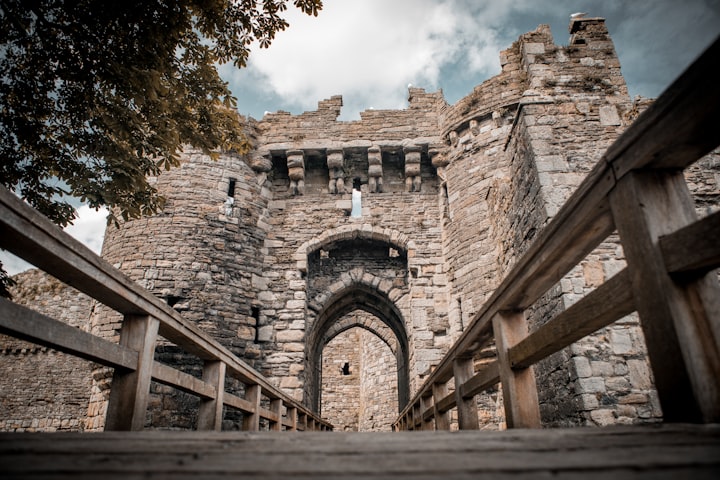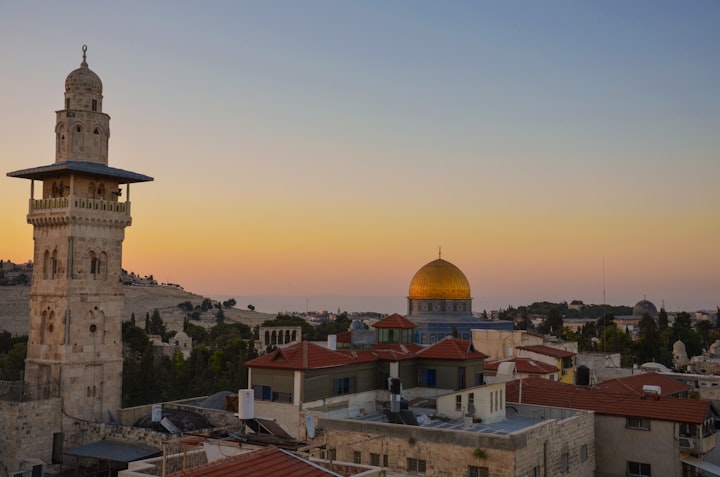The Middle Ages: an era of light and shadow
The Middle Ages were a period of great change and transformation in Europe. It was a time of light and shadow, of progress and regression

The Middle Ages, also known as the medieval era, was a complex period of history that spanned roughly from the 5th to the 15th century in Europe. It is commonly portrayed as a time of striking contrasts, where remarkable advances and significant challenges coexisted.
On the one hand, the Middle Ages was an era of shadows, characterized by events such as barbarian invasions, the disintegration of the Roman Empire and political instability. During this period, Europe went through drastic changes, with constant conflicts, territorial wars and power struggles. In addition, epidemics such as the Black Death decimated a large part of the population, causing suffering and desolation.
However, it was also an age of light, in which many fundamental elements of modern society were shaped. During the Middle Ages, significant advances occurred in a number of areas, including science, art, philosophy, architecture and technology. The creation of the first medieval universities laid the foundations for higher education and intellectual development. Great architectural works, such as the Gothic cathedrals, were built, reflecting the skill and ingenuity of medieval craftsmen.
In the intellectual sphere, the Middle Ages witnessed the flourishing of scholastic thought, a philosophical current that sought to harmonize Christian faith with reason and classical knowledge. Thinkers such as St. Augustine, St. Thomas Aquinas and Peter Abelard contributed to this intellectual movement. In addition, it was during this period that important literary works appeared, such as the epics of Dante Alighieri and Geoffrey Chaucer.
The Middle Ages also left a lasting legacy in the field of technology. The invention of the printing press by Johannes Gutenberg in the 15th century revolutionized the dissemination of knowledge, making books more accessible and accelerating cultural advancement. In addition, many agricultural techniques were improved, improving productivity and allowing for an increase in population.
In short, the Middle Ages was an era of light and shadow. While it was marked by conflict, instability and challenges, it was also a time of intellectual, cultural and technological progress. Understanding the complexity of this historical period allows us to recognize both its limitations and its contributions to the development of Western society.
The Middle Ages is a historical period spanning roughly from the 5th to the 15th century in Europe. It is known for several distinct characteristics, which are often considered both positive and negative, hence the expression "an age of light and shadow".
On the one hand, the Middle Ages was a period of great cultural, artistic and intellectual development. During this time, there were significant advances in architecture, resulting in the construction of majestic Gothic cathedrals and imposing castles. Medieval music also flourished, with the creation of beautiful polyphonic compositions. Great philosophers and theologians, such as Thomas Aquinas, contributed to the development of medieval thought.
The Middle Ages were also marked by great achievements in the fields of literature and poetry. Authors such as Dante Alighieri with his masterpiece "The Divine Comedy" and Geoffrey Chaucer with "The Canterbury Tales" left a lasting literary legacy. On the other hand, the Middle Ages were also a time of challenges and difficulties. Medieval society was rigidly stratified, with a strict hierarchy that limited opportunities for many people. The feudal system, based on the relationship between lords and vassals, often resulted in conflicts and political instability.
In addition, the Middle Ages were affected by epidemic diseases, such as the Black Death, which decimated a large part of the European population. The lack of adequate medical and hygienic advances made these epidemics especially devastating. Religion played a central role in the Middle Ages, but it also led to conflict and persecution. The Crusades were a series of military expeditions organized by the Catholic Church to recover the Holy Land, resulting in violent conflicts and religious tensions.
In summary, the Middle Ages was a complex and multifaceted era, with significant achievements in various areas, but also marked by social inequalities, political instability and health challenges. This duality of light and shadow makes the Middle Ages a fascinating and controversial period in Western history.
About the Creator
Ricardo de Moura Pereira
I love to read writing and watch many documentaries in history, to have more knowledge in all science.
I work with digital marketing, and create articles for newspapers and marketing content.






Comments
There are no comments for this story
Be the first to respond and start the conversation.